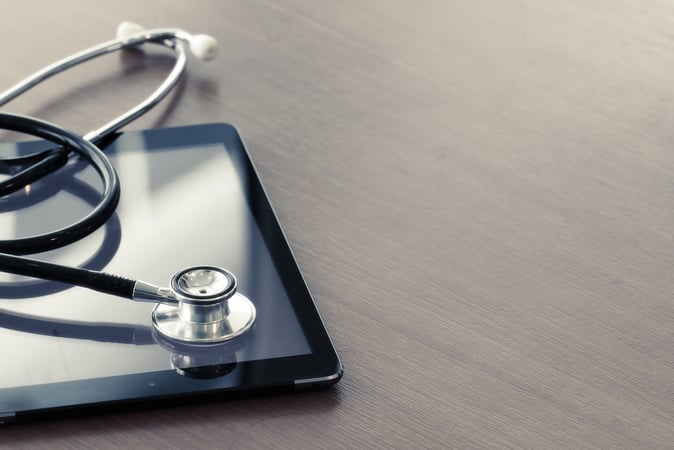Borderlines between medical devices and medicinal products in the EU

The Medical Device Coordination Group (MDCG) - a working group of the European Commission, recently published guidance on the borderline between medical devices and medicinal products in the EU under Regulation 2017/745.
Borderline products are those which are not easily categorised as medical devices, medicinal products or some other type of product. Whilst medical devices are regulated under Regulation (EU) 2017/745 on medical devices (MDR), medicinal products are regulated by a series of Directives, principally Directive EC 2001/83 on medicinal products (MPD). Understanding the scope and distinction between the definitions of a medical device and a medicinal product is essential for the correct interpretation and implementation of the rules and for accurately determining the regulatory status of many healthcare products on the EU market.
The guidance on borderlines discusses the precise boundary between medical devices and medicinal products, taking into account relevant definitions from the MDR and the MPD. The guidance provides practical examples of borderline issues, focusing particularly on herbal products, substance-based devices and products which represent a combination of a medical device and a medicinal product.
Defining Medical Devices and Medicinal Products
In general, a medical product is regulated either by the MDR or the MPD, but not both. This means the regulatory pathway to follow for a specific product will either be governed by the MDR or by the MPD. Except for those cases called out in Article 1 (8), (9) and (10) MDR, where cross-references are made and parts of both regimes may apply to a given product, the provisions of the MDR and MPD do not apply cumulatively.
To fall within the MDR, a product must:
- Meet the definition of a medical device as provided for in Article 2 (1) MDR, or be an accessory to a medical device or a device listed in Annex XVI, and
- Not be excluded from the scope of application of the EU MDR.
To fall within the MPD, a product must:
- Meet the definition of a medicinal product as defined by Article 1(2) MPD; and
- Not be excluded from the scope of application of the EU MPD as defined in Article 3 MPD.
Principal Mode of Action
Medical devices and medicinal products may both be intended to treat or prevent disease. Therefore, the guidance identifies the ‘principal mode of action’ as the key criterion for distinguishing between a medical device and a medicinal product where a given product has the same purpose. Whilst medical devices, as defined in the EU MDR, typically achieve their principal mode of action by physical means (e.g. mechanically), medicinal products will usually act by exerting a pharmacological, immunological or metabolic means.
However, the definition of a medical device does not exclude products from qualifying as medical devices simply because they achieve their principal intended action by pharmacological, immunological or metabolic means. Where a product is only assisted in its function by such means, and providing the product meets the remainder of the definition of a medical device (and is not otherwise excluded), the product will fall within the scope of the EU MDR. The guidance notes that this is intended to cover products that are medical devices but which incorporate medicinal products as an integral part, and where the medicinal product has an ancillary action compared to that of the device.
In those cases where a particular product exhibits characteristics of both a medical device and a medicinal product, the MPD applies. Ultimately, manufacturers must justify scientifically their rationale for how they have qualified their product. Notified Bodies are required to actively inspect that this rationale is in the technical file, and to verify that the product is covered by the MDR prior to agreeing a contract with a manufacturer on a conformity assessment.
SMEs and medtech startups may now have a clearer picture of how to identify the correct regulatory framework for the products they develop. If you are still unsure, Regtik provides a AI-powered guide through the regulatory maze and enables SMEs and startups to understand the complicated rules that apply to borderline issues.
You will be able to determine your product’s regulatory status and assess available regulatory pathways with step-by-step requirements for those pathways. The Regtik assessment provides a fully reasoned report detailing why your product falls to be regulated as a medical device or medicinal product. We can take you from a state of confusion to a place of clarity and confidence on your next regulatory steps.
If you are interested in learning more about Regtik or would like a demo, please contact any member of the team or register your interest below.




